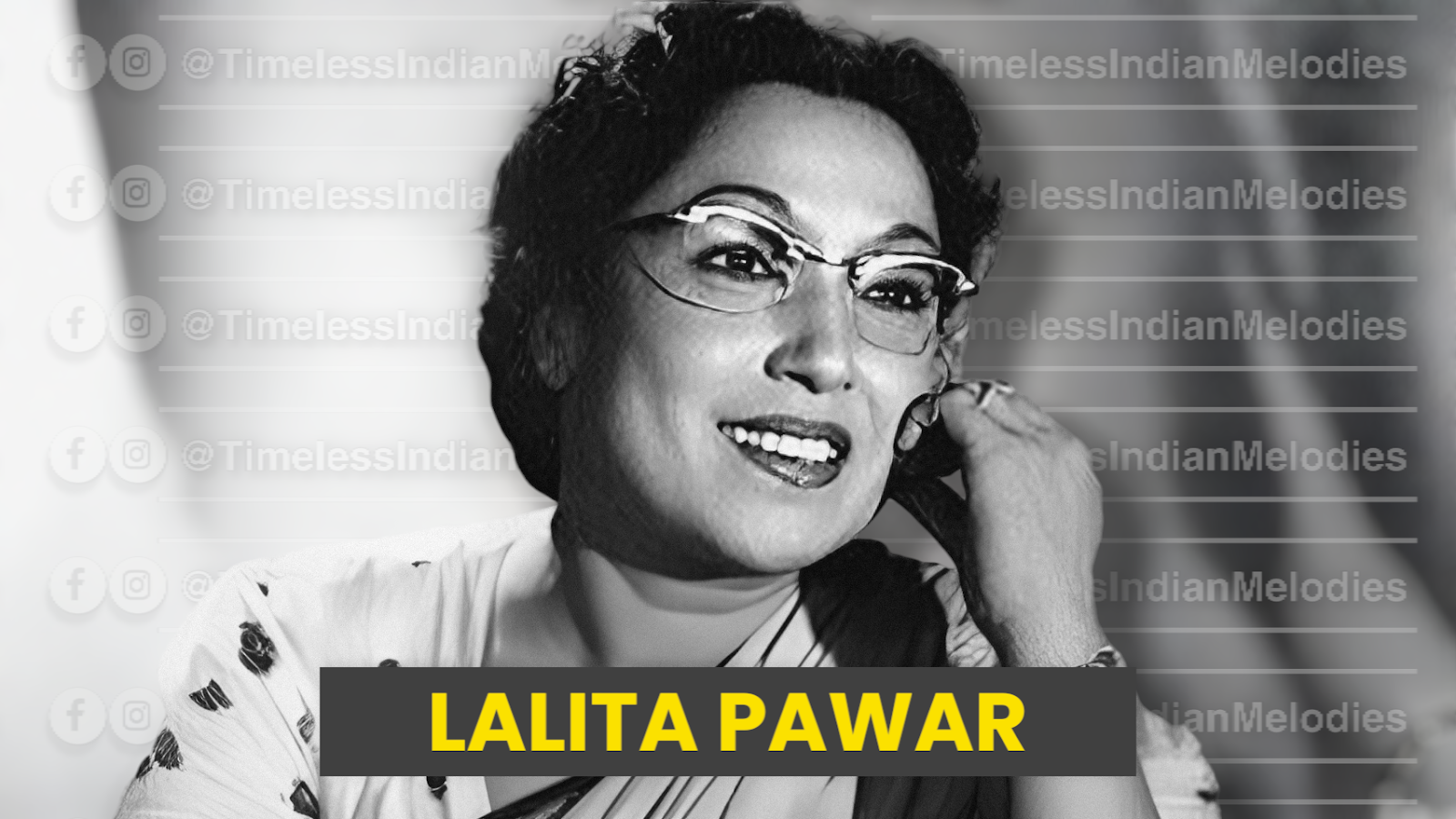In the journey of Hindi cinema, it has produced many vamps like Bindu, Helen, Aruna Irani, Jayshree T, Shoma Anand, Kunika, Navneet Nishaan, Supriya Karnik, Huma Khan, Faryal, Bela Bose, and many more. But the mother of all these vamps is none other than Lalita Pawar.
Lalita Pawar started acting at a very young age in the film Raja Harischandra (1928). And later went on to play leading roles in many films in the '40s. In the year 1942, in the film Jung-E-Azadi, she had to be slapped by her co-star Master Bhagwan. The timing of the shot went wrong, and Bhagwan Dada slapped her so hard that it damaged her eye.
The damage was a permanent loss to her, and she had many surgeries to be done as her eye vein was damaged. After three years of treatment, she was left with a defective eye, forcing her to switch to character roles.
In the coming years, Lalita Pawar became one of the most established vamps of Hindi and Marathi cinema that people would refer to a Khadoos person as Lalita Pawar considering her image on screen.
Once a very weird incident happened with her. Lalita Pawar went to attend a family wedding, and the groom's mother took her on stage to introduce her to the newly wedded couple. A lady at the venue noticed this and was shocked. After the groom's mother was aside from Lalita Pawar, she took her to a corner and said, "What are you doing? You are introducing your daughter-in-law to this lady. Don't you know that she is Lalita Pawar and the kind of roles she does in films?"
This incident proved that the fear of Lalita Pawar not only exists on screen but also in real life. But who can forget the big-hearted Catholic lady as Mrs. D'esa in Anari (1959) and Anand (1971).
(Writer of this article: Alex Almeida is a passionate Hindi cinema buff with a deep love for the art of storytelling.)

Comments
Post a Comment